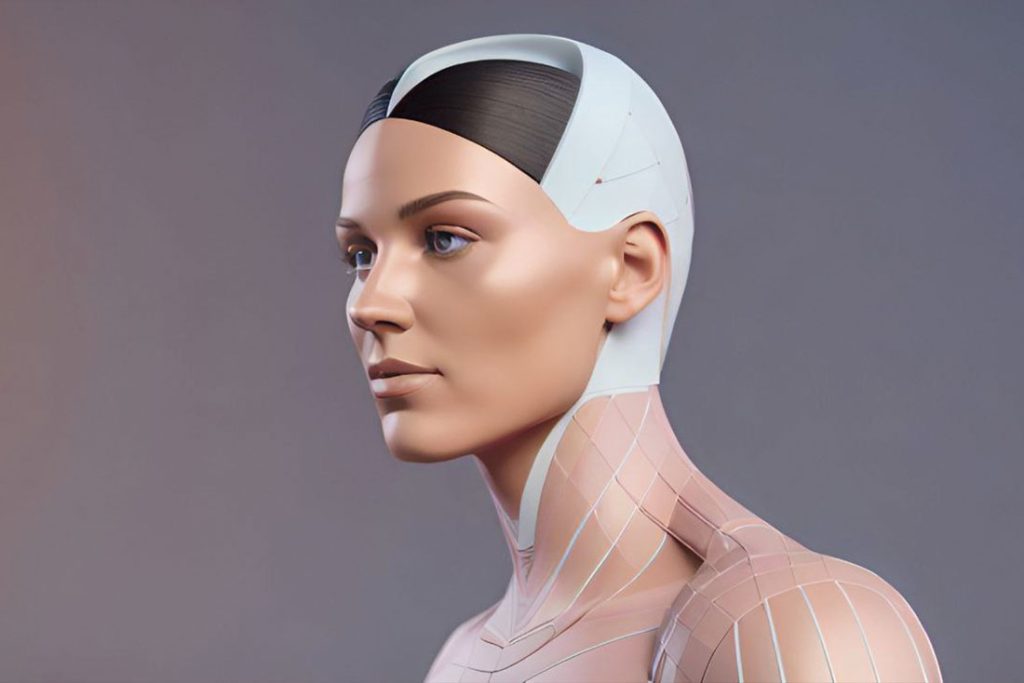Scalp and Neck Muscles: Their Role in Anatomy and Cosmetology
The muscles of the scalp and neck play significant roles in our daily expressions, movements, and overall health. In the field of cosmetology, an understanding of these muscles is vital. Not only does it aid in performing procedures accurately and safely, but it also allows professionals to provide more effective and individualized care. This article will explore the key muscles of the scalp and neck, including their functions and importance in cosmetology.

Scalp and Neck Muscles
Frontalis
The frontalis, the anterior portion of the epicranius, is a crucial scalp muscle responsible for several facial expressions. It allows us to raise our eyebrows, draw the scalp forward, and create wrinkles across the forehead. In the realm of cosmetology, the frontalis is often a key target area for procedures aimed at reducing forehead lines and wrinkles.
Epicranius
The epicranius, also known as the occipitofrontalis, is a broad muscle that covers the top of the skull. Comprising the frontalis and occipitalis, this muscle allows the movement of the scalp and contributes to various facial expressions. An understanding of the epicranius is important in cosmetology when carrying out scalp treatments and massages, ensuring they are performed accurately and effectively.
Epicranial Aponeurosis
The epicranial aponeurosis is the tendinous structure connecting the frontalis and occipitalis muscles. This aponeurosis is significant as it facilitates the coordinated movement of these muscles, contributing to the flexibility of the scalp. Its understanding assists cosmetologists in administering scalp treatments, from massage to applying various products.
Occipitalis
The occipitalis, the posterior portion of the epicranius, draws the scalp backward. By coordinating with the frontalis, it allows the back-and-forth movement of the scalp. This muscle plays a key role in various spa and salon procedures, such as head massages and other scalp treatments.
Sternocleidomastoideus
The sternocleidomastoideus is a major neck muscle that enables the lowering and rotation of the head. It originates at the clavicle and inserts at the temporal bone near the ear. For cosmetologists, the sternocleidomastoideus is an important muscle to understand when performing neck massages and treatments, enhancing relaxation and promoting blood circulation.
Platysma
The platysma is a broad muscle that extends from the pectoral and deltoid muscles to the side of the chin. It is responsible for lowering the lower jaw and lip. In cosmetology, knowledge of the platysma can aid in procedures such as facial massage, skincare treatments, and procedures targeting the neck and lower face area.
An understanding of the anatomy and function of scalp and neck muscles is crucial for professionals in the field of cosmetology. Not only does it aid in ensuring treatments are performed effectively, but it also contributes to the safety and comfort of clients. By incorporating this knowledge into practice, cosmetologists can deliver a superior level of care, enhancing the health and wellbeing of their clients while achieving the desired aesthetic results.






